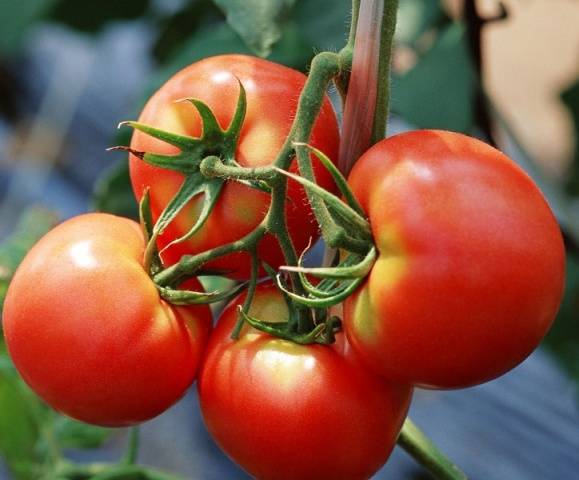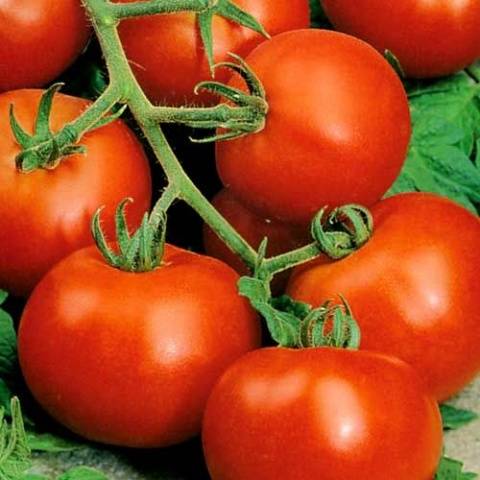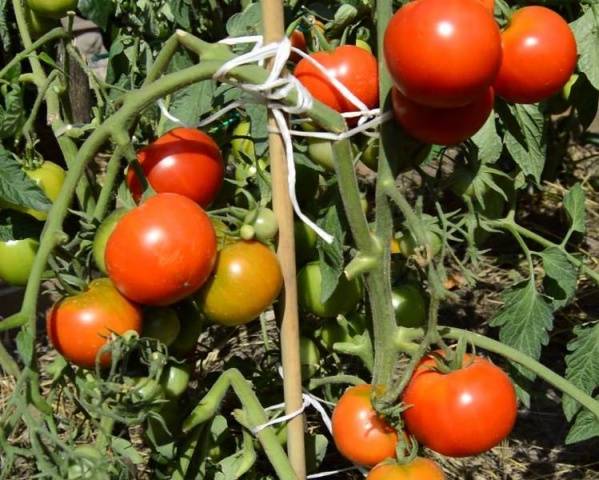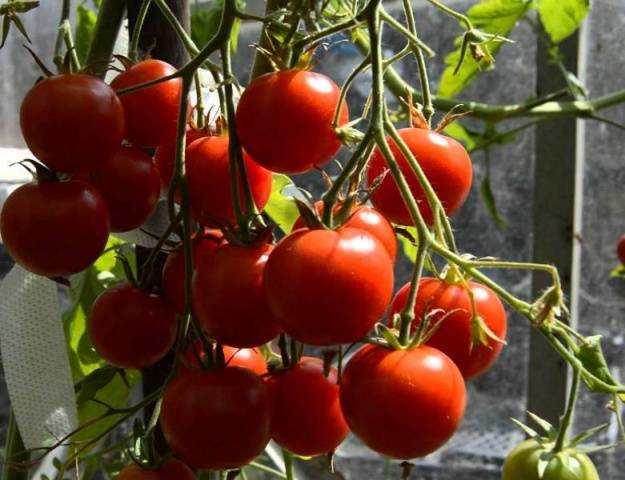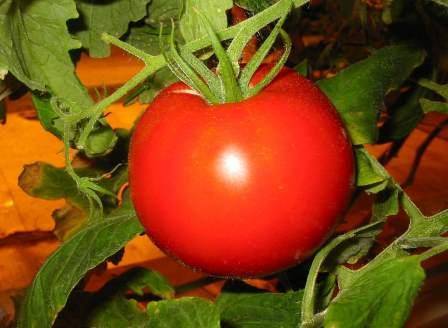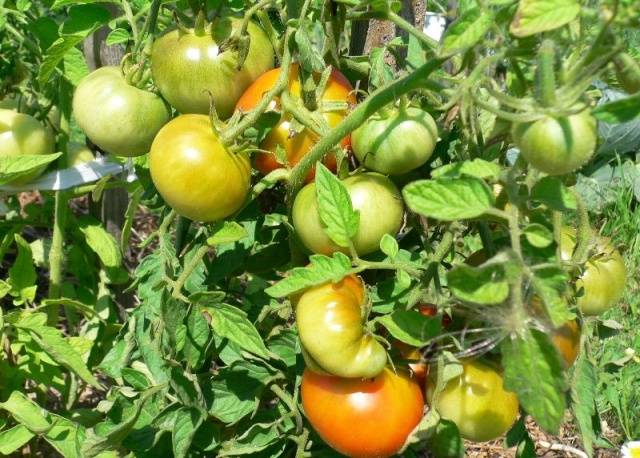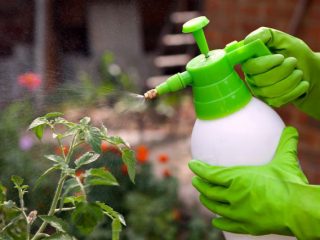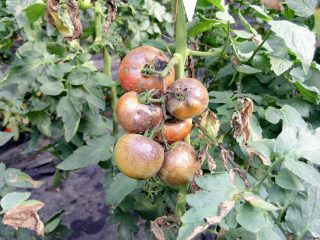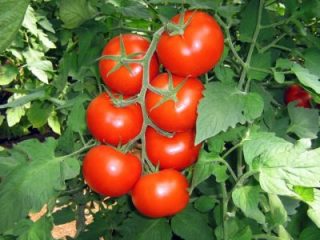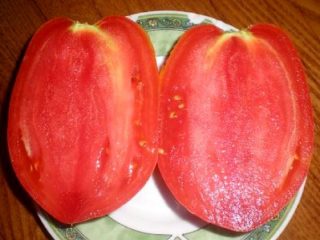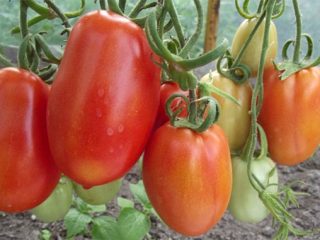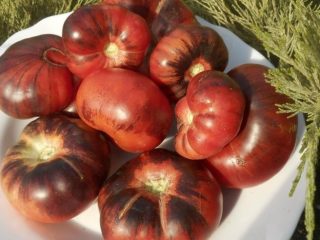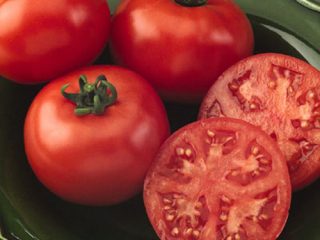Content
Among garden crops, there are several species that can be found in any summer cottage or garden plot. These are potatoes, tomatoes and cucumbers. You can plant potatoes and forget about them, but then the harvest will be meager and unlikely to be worth all the effort spent on planting. Cucumbers are the most capricious crop, since they are the most heat-loving, moisture-loving and demanding of fertilizing. To obtain even a minimal harvest, they need constant attention from the gardener. But among tomatoes, oddly enough, there are varieties that, after properly planting seedlings in the ground, will require virtually no attention at all until the harvest period.
Of course, such varieties do not have outstanding yield or taste characteristics. As a rule, all their characteristics are at an average level, so they are unlikely to be of interest to professionals or collectors. But for ordinary summer residents, these varieties of tomatoes are a real find. After all, with minimal attention, they can provide seven tomatoes throughout the entire summer season. One of these varieties of tomatoes is called Dachanik.This tomato is unlikely to surprise you with the size of its fruits, or the unusual coloring and shape of tomatoes, but in almost any region of Russia and in any weather conditions you will most likely have tomatoes, even if you are growing them for the first time and have absolutely nothing about them do not know. This article is devoted to the description of the Dachnik tomato variety and its characteristics.
Origin and description of the variety
The Summer Resident tomato was obtained by breeding scientists from the All-Russian Research Institute of Vegetable Growing under the leadership of N.S. Gorshkova. The Dachnik variety was registered in the State Register of Russia a long time ago, in 1999. The originator was the Poisk agricultural company, although the seeds of this tomato variety are offered by many manufacturers.
In addition, sometimes on sale there are also seeds of tomato varieties with names that also include the word “summer resident” - Ural summer resident, Summer resident of Kuban and others. Of course, all this cannot but introduce confusion into the difficult task of determining the tomato varieties suitable for growing.
Although the Dachnik variety is officially zoned for cultivation only in the North Caucasus region, it is successfully grown in open ground by gardeners in the Central regions, as well as the Urals and Siberia.
The Summer Resident tomato is determinate, so it does not require obligatory pinching, and can reach a height of 60-80 cm. Whether or not to tie these tomatoes is up to you. But due to the weight of the fruit, the stems may not be able to stand it and break or even fall completely to the ground.
Both the seedlings of these tomatoes and the bushes themselves look very strong and stocky, while maintaining compactness.
Although the variety of these tomatoes was created exclusively for growing in open ground, it is unlikely that any ordinary gardener would come up with the idea of taking up space in a greenhouse for a tomato, which ripens perfectly in an ordinary garden bed even under not very favorable weather conditions.
The Summer Resident tomato is characterized by a simple inflorescence; up to 10 tomatoes are tied in a brush.
The summer resident tomato belongs to the group of early-ripening tomatoes. Some summer residents even speak of it as an ultra-early tomato, since the first ripe fruits can sometimes be collected on the 85-90th day from the appearance of mass shoots. But usually tomatoes of this variety ripen 95 days after the start of the growing season.
The Dachnik variety is distinguished by quite good yield, especially considering the fact that for early tomatoes this characteristic is not particularly significant. On average, one bush produces about 3 kg of fruit, and with careful care you can get up to 4 kg of tomatoes. Accordingly, in terms of industrial cultivation, the yield of Dachnik tomatoes can range from 300 to 360 c/ha.
A positive aspect in growing tomatoes of this variety is their resistance to low temperatures and to some diseases, such as fusarium and blossom end rot. Tomatoes of the Dachnik variety can be susceptible to late blight, but most often, due to their early ripening, they manage to yield the entire harvest before the time when an outbreak of this disease usually occurs.
Characteristics of tomatoes
The fruits of the Dachnik variety have the following characteristics:
- The shape of tomatoes is standard flat-round without ribbing.
- During the period of technical ripening, the color of the fruits can be light green, and when ripe they acquire a bright red hue.
- The tomato pulp is pink-red, juicy, the skin is thin but quite dense. The number of cameras exceeds four. There is a characteristic tomato aroma. The dry matter content is 5.6%.
- Summer resident tomatoes are small in size, the average weight of one is 70-86 grams.
- The taste characteristics of the fruit are good, they have a slight sourness. Sugars make up about 3.3% of the total weight of tomatoes. And ascorbic acid is contained in an amount of 17 mg per 100 g of pulp.
- Tomatoes are universal in purpose, since they are good both fresh and in the form of any preparations.
- Tomatoes are distinguished by good preservation and suitability for long-term transportation.
- Since tomatoes ripen rather unevenly, the fruiting period is very extended, which is very convenient for summer residents who have the opportunity to collect tomatoes over a long period in small portions.
Advantages and disadvantages of the variety
The popularity of the Dachnik variety is explained by the many advantages inherent in this tomato:
- Early ripening;
- Resistance to diseases and growing conditions;
- Relatively simple agricultural technology;
- Stable yield;
- Good taste;
- Versatility of use and good preservation of fruits.
Among the minuses, one can note only the not-so-delicious taste of the fruit and not the most unique external properties of the fruit. However, these shortcomings often do not matter at all for the average gardener.
Reviews
Summer residents and gardeners speak with respect of this variety, because its unpretentiousness may indeed soon become legendary.
Conclusion
If you are afraid of being left without tomatoes due to difficult weather conditions in the area where you live, or due to a lack of experience in gardening, then start with the Dacha tomato. Most likely, he will not let you down and will instill confidence in his own abilities.
